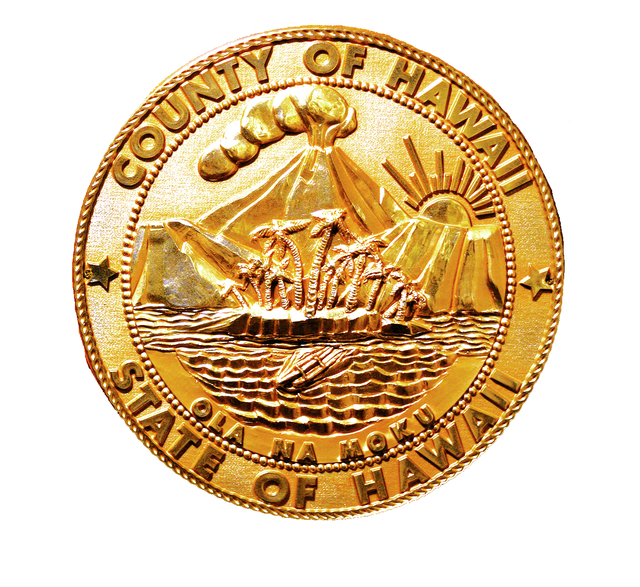The public will get its first opportunity today to weigh in on a $434.7 million spending plan Mayor Billy Kenoi has proposed for the budget year that starts July 1. ADVERTISING The public will get its first opportunity today to
The public will get its first opportunity today to weigh in on a $434.7 million spending plan Mayor Billy Kenoi has proposed for the budget year that starts July 1.
A public hearing is scheduled for 5 p.m. today at the West Hawaii Civic Center, with videoconference testimony taken from Hilo council chambers and Waimea council office.
The budget does not raise property taxes. Even when a property tax increase loomed a few years ago, there was very little public interest in the budget with only one or two people taking the time to testify.
The operating budget is a 4.3 percent increase over last year. The increase is due primarily to union-negotiated pay hikes and federal and state mandates, county officials said.
“The budget contains only what is necessary to continue services,” said Finance Director Deanna Sako.
An $81.7 million capital improvements budget focuses on repairing and expanding wastewater systems, improving park facilities and maintaining and repairing roads. There’s also money for a South Kona police station, improving holding cells, improving garbage transfer stations and beginning the process of closing the Hilo landfill.
“Capital projects are spread throughout the island,” said Council Finance Committee Chairwoman Karen Eoff. “The administration, to its credit, made sure there are projects in every (council) district.”
The council will undertake a line-by-line scrutiny of the budget with each county department next week. The mayor then submits an amended budget May 5 that takes into account the certified property values.
The council has until June 30, the last day of the fiscal year, to pass a budget or the mayor’s budget automatically goes into effect July 1.
“This proposed budget represents our departments’ best efforts to meet the needs of our growing community in a timely and fiscally responsible fashion,” Kenoi said in his budget message. “Our economy is in a state of gradual recovery. We believe our investments in infrastructure, renewable energy, and parks and recreation are critical to the future of Hawaii Island.”
The budget manages to respond to federal mandates on disabled transportation services and state mandates on GASB-45 post-employment medical benefits while not raising property taxes or fees on services. GASB-45 payments will increase by $1.2 million to $7.3 million.
A $1 million increase to the Mass Transit Agency will pay for transportation services for disabled riders as mandated by the federal government. Adding vehicle registration services in Waimea, where two Department of Motor Vehicles clerks will supplement the driver license services at the police station, will cost another $150,000.
The county also plans to spend $800,000 more for vehicle disposal and $800,000 more for organic waste and equipment repairs in the Department of Environmental Management. Fixing the sewer outfall in Keaukaha is expected to cost an additional $1.2 million.
On the revenue side, about $7.4 million is expected to come from taxes on a 3 percent increase in property values; another $3.1 million will come from new federal and state grants. The county expects to collect $1.2 million more on charges for services. And there’s an additional $3.6 million more in carryover savings from the current year.
Most of the $17.8 million total increase is slated for employee contracts negotiated at the state level. The raises are implemented throughout the system.
The budget for the Police Department will increase more than $4 million to $62.1 million. The Fire Department will increase more than $6 million, to $45.1 million.



